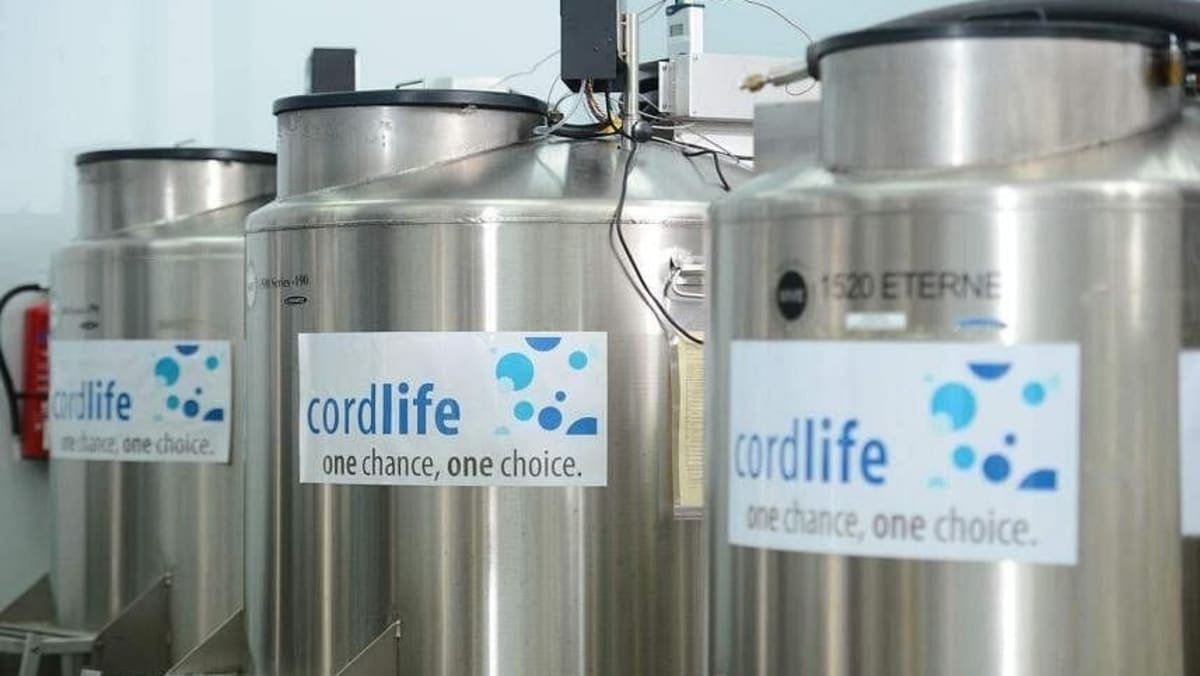SINGAPORE: Cordlife has set aside S$500,000 (US$389,500) for an enhanced compensation package for affected customers following its mishandling of cord blood units.
In a regulatory filing on its financial results for the first half of 2025, the private cord blood bank said late on Thursday (Aug 14) that the compensation package formed part of several one-off costs recorded for the first six months of the year.
Cordlife added that it had also incurred S$200,000 in costs related to the testing of more than 200 samples of cord blood units (CBU) from five storage tanks deemed by the Ministry of Health (MOH) to be at “low risk” of being adversely affected.
The company agreed to the testing in April 2024, which it said would take approximately a year to complete, before reviewing the results with MOH experts.
In an update on Thursday, Cordlife said the “comprehensive and independent” review is expected to be completed in or around the later part of 2025.
As part of the enhanced package, announced on Jul 10, affected customers will have their existing cord blood storage period extended – at no additional cost – until their child turns 26.
The package was announced after Cordlife held a series of online and in-person townhalls in late June to engage with affected customers.
It has since expanded the warranty clause to cover more situations.
If the stored cord blood unit is needed by the donor or a biological sibling (and it is a suitable match) but cannot be used for an approved stem cell transplant because it does not meet the required quality standards – and if the company also cannot find a suitable replacement cord blood unit – it will pay the affected customer S$50,000.
In June, Cordlife said in a regulatory filing that around 56 per cent of affected Cordlife customers had accepted refund offers made by the company.
The offers comprised a refund of the annual fees paid by affected clients from the onset of the “temperature excursion”.
Its mishandling of cord blood units was first made public on Nov 30, 2023, when MOH revealed that investigations were ongoing.
Seven tanks storing cord blood units were exposed to temperatures above acceptable limits.
About 2,200 cord blood units were found damaged in one of the tanks, affecting at least 2,150 clients. In April last year, it was announced that another 5,300 cord blood units in a second tank and dry shipper were deemed “non-viable”.













